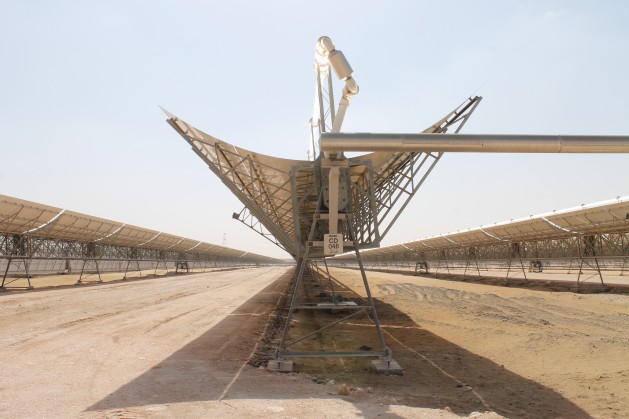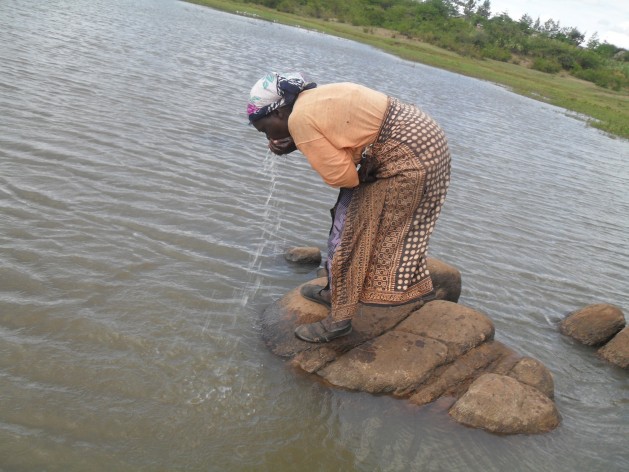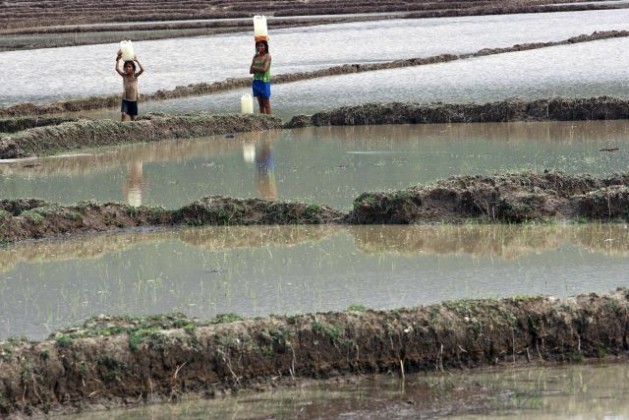RIO DE JANEIRO, Jan 12 2015 (IPS) – “We ran down to the beach and found a black tide, whose waves didn’t make the sound of water, but the slurp of a thick paste,” said Alexandre Anderson, describing the oil spill in Guanabara bay in the Brazilian state of Rio de Janeiro which turned him into an activist and leader among the local small-scale fishing community.

Fishermen row their small boat out into Guanabara bay from a beach on Gobernador island. In the background can be seen an oil tanker and an island with oil silos belonging to Petrobras. Credit: Mario Osava/IPS
The January 2000 disaster marked a low point for environmental conditions in the bay, and drew global attention because of the impact of the sudden massive spill of 1.3 million litres of oil from a leaking underground pipeline. Read more











